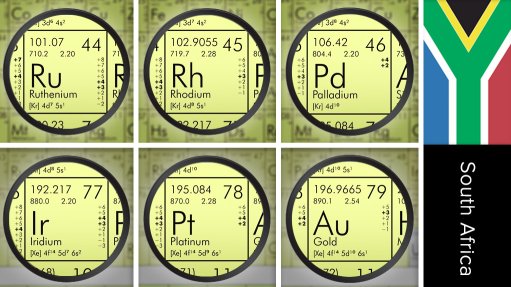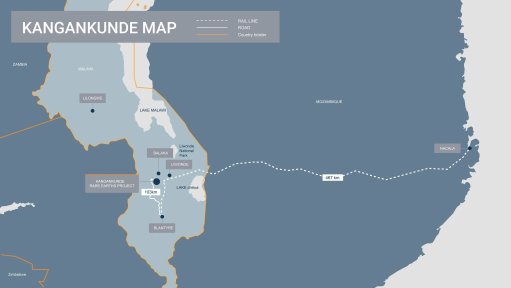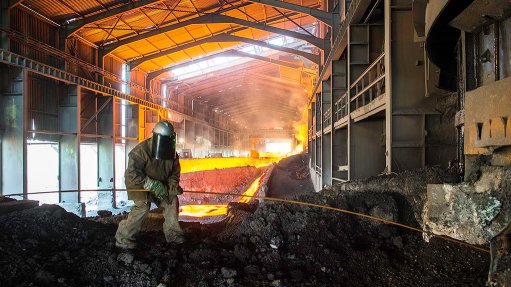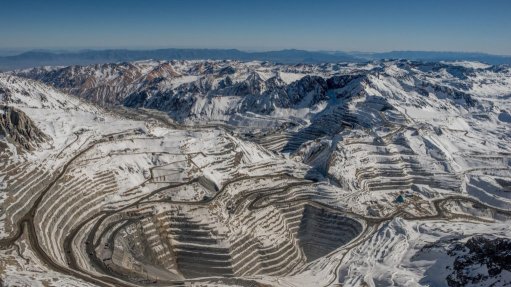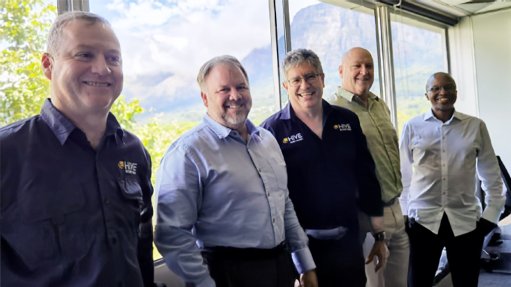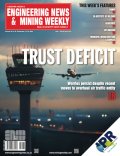IRP decision time
The comment period for the draft Integrated Resource Plan (IRP) 2018 has closed and it’s now up to the Department of Energy (DoE) to sift through the responses and assess whether or not any adjustments should be made before asking Cabinet to approve the final version.
The draft has been generally welcomed, largely for departing from previous attempts at forcing certain technologies, such as nuclear, into proposed updates to the plan. The document is also refreshing for highlighting, rather than disguising, its policy adjustments and for calculating what it would cost to deviate from the least-cost scenario of solar photovoltaic (PV), wind and gas.
That’s not to say the plan is without critics. The decision to factor in electricity growth, as well as an energy availability factor of 80% from the Eskom fleet, has raised eyebrows, given that neither assumption has held for many a year. The nuclear industry has slammed the technology’s exclusion and has even described the modelling process as flawed – criticisms that have been batted away by the IRP modellers, who have offered elaborate explanations for the workings of the model and the technology cost assumptions employed. The exclusion of various other technologies, including pumped hydro and concentrated solar power, has also been raised, as has the plan’s seeming overreliance on imported gas.
The policy adjustments have been criticised, including the decision to sustain arbitrary limits on the amount of wind and solar PV that can be introduced in a single year. Likewise, the retention of two private coal-fired power stations has been challenged, as has the decision to include 2 500 MW of imported hydropower from the Democratic Republic of Congo.
At face value, therefore, the DoE has some big issues to ponder before approaching Cabinet.
However, I would argue that its job has been made pretty straightforward as the result of several megatrends that were simply absent when policymakers drafted the 2010 version of the IRP.
Firstly, it is now difficult to dispute that solar PV and wind have become the cheapest way for South Africa to add new generation capacity, even after catering for their variability. Secondly, a renewables-led mix enables South Africa to meet, and beat, its current climate obligations without having to pay a premium. Thirdly, the cheapest new generation plants are also the easiest for the private sector to fund and build, which is extremely useful, given Eskom’s financial distress. Fourthly, the fact that South Africa’s combined wind and solar resources are superior to those in most other countries means that its electricity will, over time, become increasingly competitive in a world transitioning towards renewable energy. Fifthly, international experience points to renewables technologies being more jobs intensive than either coal or nuclear, albeit that this reality is typically hidden behind the distributed nature of the renewables sector. And, lastly, the fact that the cleanest new genera- tion is also the cheapest creates headroom for policy adjustments that target the socioeconomic downsides of the transition, such as the loss of coal jobs.
In sum, the new IRP is an opportunity to reposition South Africa as a leader in the global energy transition, while recapturing its position as the investment destination of choice for power- heavy industry.
Comments
Press Office
Announcements
What's On
Subscribe to improve your user experience...
Option 1 (equivalent of R125 a month):
Receive a weekly copy of Creamer Media's Engineering News & Mining Weekly magazine
(print copy for those in South Africa and e-magazine for those outside of South Africa)
Receive daily email newsletters
Access to full search results
Access archive of magazine back copies
Access to Projects in Progress
Access to ONE Research Report of your choice in PDF format
Option 2 (equivalent of R375 a month):
All benefits from Option 1
PLUS
Access to Creamer Media's Research Channel Africa for ALL Research Reports, in PDF format, on various industrial and mining sectors
including Electricity; Water; Energy Transition; Hydrogen; Roads, Rail and Ports; Coal; Gold; Platinum; Battery Metals; etc.
Already a subscriber?
Forgotten your password?
Receive weekly copy of Creamer Media's Engineering News & Mining Weekly magazine (print copy for those in South Africa and e-magazine for those outside of South Africa)
➕
Recieve daily email newsletters
➕
Access to full search results
➕
Access archive of magazine back copies
➕
Access to Projects in Progress
➕
Access to ONE Research Report of your choice in PDF format
RESEARCH CHANNEL AFRICA
R4500 (equivalent of R375 a month)
SUBSCRIBEAll benefits from Option 1
➕
Access to Creamer Media's Research Channel Africa for ALL Research Reports on various industrial and mining sectors, in PDF format, including on:
Electricity
➕
Water
➕
Energy Transition
➕
Hydrogen
➕
Roads, Rail and Ports
➕
Coal
➕
Gold
➕
Platinum
➕
Battery Metals
➕
etc.
Receive all benefits from Option 1 or Option 2 delivered to numerous people at your company
➕
Multiple User names and Passwords for simultaneous log-ins
➕
Intranet integration access to all in your organisation





